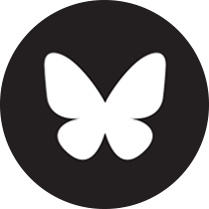Search titles
Displaying results 1 to 10 of 37.
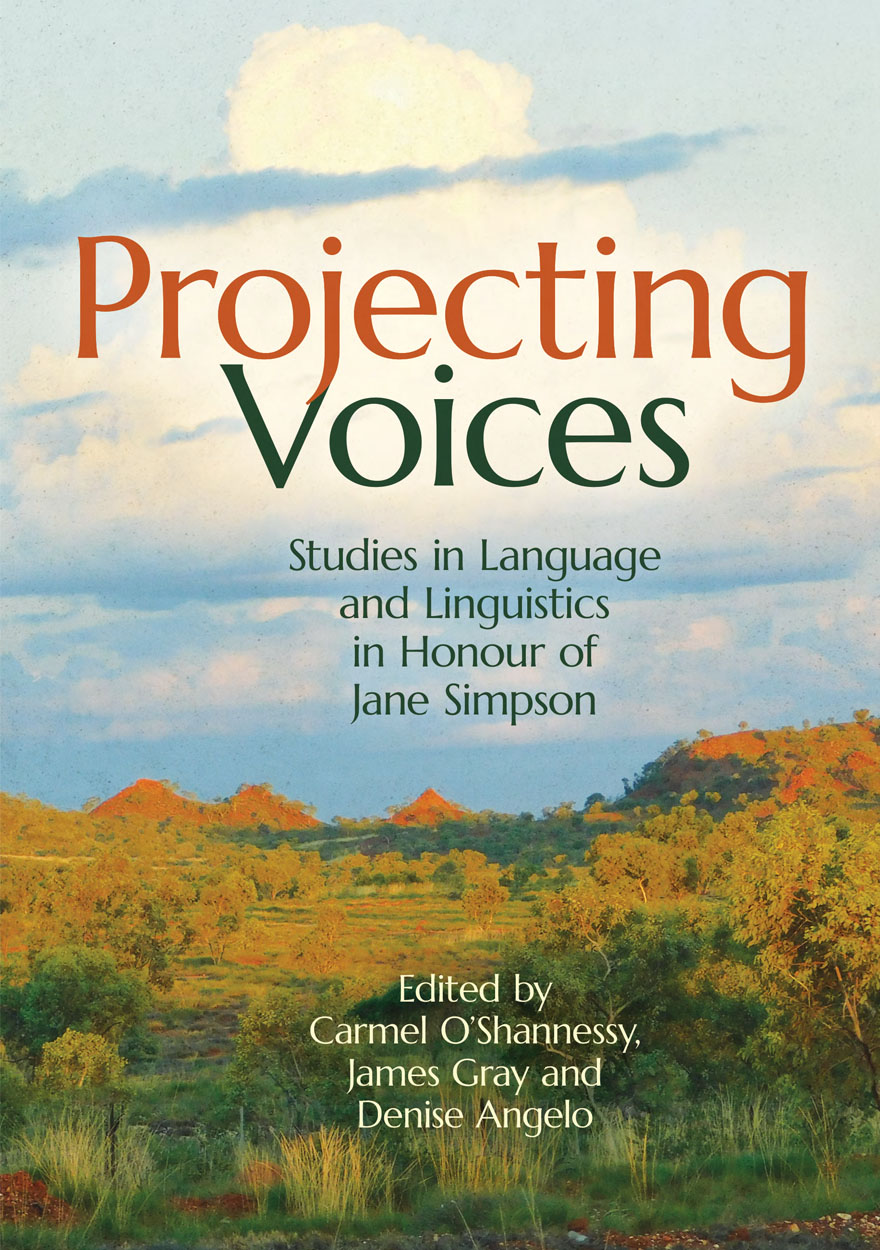
Projecting Voices »
Studies in Language and Linguistics in Honour of Jane Simpson
Publication date: 2025
This volume provides cutting-edge research on a wide range of questions in linguistics research, mostly centred on Australian Indigenous languages. Written by world-leading experts, the chapters take a fresh look at current questions in each topic, inspired by the work of Australian linguist Jane Simpson.
The chapters have implications for linguistic theory in the areas of historical linguistics, morphosyntax, semantics, the lexicon, language acquisition and issues in languages in education, and renewal of endangered languages.
This volume is essential reading for students and experienced researchers alike, with interests in theoretical and applied linguistics, especially in topics and issues related to Australian Indigenous languages.
Coming soon
Notify me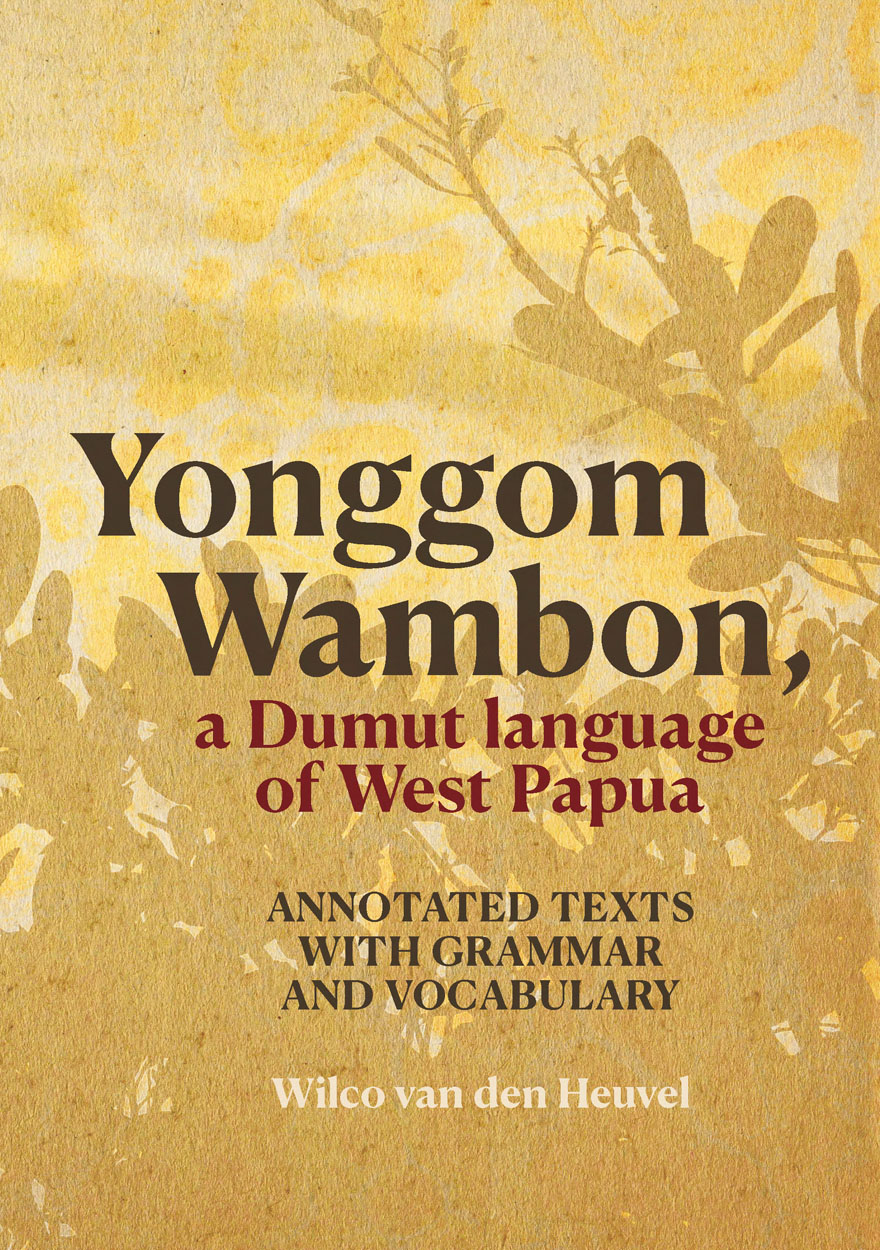
Yonggom Wambon, a Dumut language of West Papua »
Annotated Texts with Grammar and Vocabulary
Authored by: Wilco van den Heuvel
Publication date: February 2025
In this book, the author, Wilco van den Heuvel, intends to make Drabbe’s 1959 description of (Yonggom) Wambon available to a wider scientific public. As such, the book is in line with an earlier reanalysis by the same author of Drabbe’s description of Aghu (1957), which was published in 2016.
In only 45 pages (!), Drabbe managed to present an incredible amount of Yonggom Wambon language data. The current work takes over 400 pages for their re-representation and reanalysis, and includes a 500-item wordlist that Drabbe had written a few years earlier. This book attempts both to increase our understanding of the peculiarities of this individual language, and to contribute to our understanding of the past and present of this still very under-documented part of our globe. An area where—as Drabbe foresaw—minority languages are disappearing, giving way to a common (national) language.
The author expresses his gratefulness to Drabbe, for having unravelled some of the complexities of the languages in this area, which, in Drabbe’s words, form ‘an eldorado for the practitioners of general linguistics’, ‘a labyrinth without escape for missionaries’, and—in the author’s words— ‘offer a unique and highly valuable perspective on specific communities in a specific space and time’.

A Grammar of Warlmanpa »
Authored by: Mitchell Browne
Publication date: November 2024
As spoken by Bunny Naburula, Danny Cooper, Dick Foster, Donald Graham, Doris Kelly, Elizabeth Johnson, George Brown, Gladys Brown, Jack Walker, Jessie Cooper, Jimmy Newcastle, Julie Kelly, Lofty Japaljarri, Louie Martin, May Foster, Norah Graham, Penny Kelly, Penny Williams, Selina Grant, Susannah Nelson, Topsy Walker, Toprail Japaljarri and William Graham.
This volume is a descriptive analysis of Warlmanpa, a highly endangered language traditionally spoken northwest of the town of Tennant Creek, where most of the remaining speakers now live.
This grammatical description is based on language work carried out by community members and linguists since 1952, and is the first published reference grammar of the language.
The major areas of analysis include phonetics, phonology, morphology, and syntax. This volume also provides description of typologically notable features, including: a two-way stop contrast at each place of articulation; a complex second-position auxiliary system containing participant and tense/mood/aspect information; associated motion; and a lack of evidence for noun phrases.
This volume lays the foundation for future Warlmanpa language work.

Yagara Dictionary and Salvage Grammar »
Authored by: Karen Sullivan, Glenda Harward-Nalder
Publication date: March 2024
Most English speakers in Australia know a few words of Yagara, the Pama-Nyungan language traditionally spoken in the area that now includes Brisbane and Ipswich. For example, Australian English yakka ‘work’ comes from the Yagara verb yaga ‘to work’. However, no fluent native speakers of Yagara remain. The current volume compares the written records of Yagara to facilitate revitalisation of the spoken language.
Part 1: Grammar introduces the Yagara sources, which are then compared to extract a picture of Yagara’s structure – its sounds, its words, and its grammar. Attention is also given to the system of kinship terms, moieties, and totems.
Part 2: Dictionary contains the most complete Yagara-English dictionary to date, with over 2,200 entries, the original source spellings for each word, standardised spellings, and anthropological notes. Entries include traditional place names, fun insults, and everyday expressions such as the greeting wi balga ‘Hey, come’. The dictionary is followed by an English word finder list.
Part 3: Texts consist of full versions of all known texts in Yagara, including sentences, songs, and three Bible stories. Standardised versions are accompanied by English translations and the original unedited renditions.
Format: Hardback

A Grammar of Nese »
Authored by: Lana Grelyn Takau
Publication date: August 2023
Nese is a dying Oceanic language spoken on the island of Malekula, in northern Vanuatu. This book, based on first-hand fieldwork data, and without adhering to any particular syntactic framework, presents a synchronic grammatical description of Nese’s phonology and syntax. Despite being on the verge of extinction, with fewer than 20 living speakers, the language displays intriguing properties—including but not exclusive to the cross-linguistically rare apicolabial phonemes, interesting vowel-raising patterns in some word classes, and a discontinuous negation relationship that is obligatorily expressed with the irrealis mood marker. This book will probably be the last work published on Nese.

Something's Gotta Change »
Redefining Collaborative Linguistic Research
Authored by: Lesley Woods
Publication date: March 2023
Indigenous people are pushing back against more than 200 years of colonisation and rejecting being seen by the academy as ‘subjects’ of research.
A quiet revolution is taking place among many Indigenous communities across Australia, a revolution insisting that we have control over our languages and our cultural knowledge – for our languages to be a part of our future, not our past. We are reclaiming our right to determine how linguistic research takes place in our communities and how we want to engage with the academy in the future.
This book is an essential guide for non-Indigenous linguists wanting to engage more deeply with Indigenous communities and form genuinely collaborative research partnerships. It fleshes out and redefines ethical linguistic research and work with Indigenous people and communities, with application beyond linguistics.
By reassessing, from an Indigenous point of view, what it means to ‘save’ an endangered language, Something’s Gotta Change shows how linguistic research can play a positive role in keeping (maintaining) or putting (reclaiming) endangered languages on our tongues.
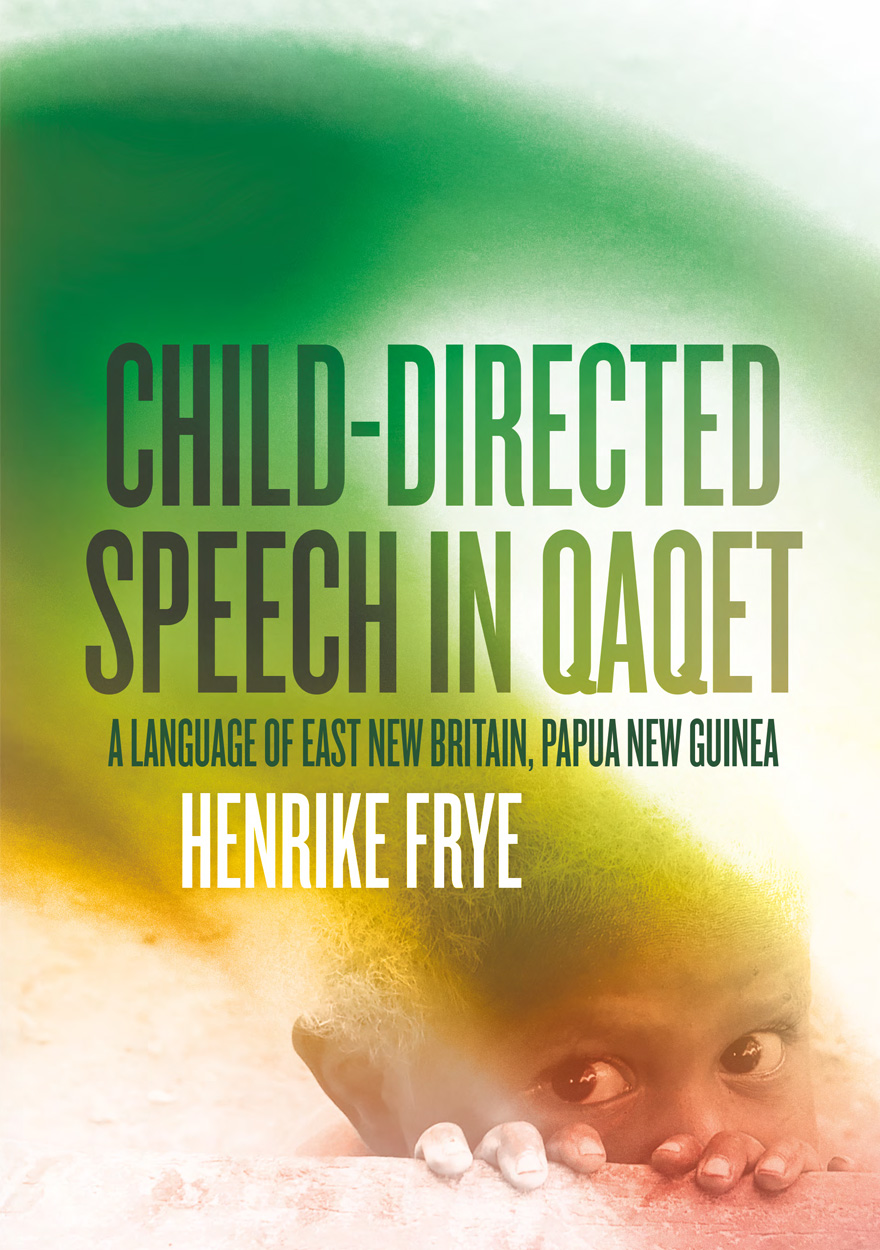
Child-directed Speech in Qaqet »
A Language of East New Britain, Papua New Guinea
Authored by: Henrike Frye
Publication date: August 2022
Qaqet is a non-Austronesian language, spoken by about 15,000 people in East New Britain, Papua New Guinea. In the remote inland, children acquire Qaqet as their first language. Much of what we know about child‑directed speech (CDS) stems from children living in middle‑class, urban, industrialised contexts. This book combines evidence from different methods, showing that the features typical for speech to children in such contexts are also found in Qaqet CDS.
Preliminary insights from naturalistic audio recordings suggest that Qaqet children are infrequently addressed directly. In interviews, Qaqet caregivers express the view that children ‘pick up’ the language on their own. Still, they have clear ideas about how to talk to children in a way that makes it easier for them to understand what is said.
In order to compare adult- and child-directed speech in Qaqet, 20 retellings of a film have been analysed, half of them told to adults and half to children. The data show that talk directed to children differs from talk directed to adults for several features, among them utterance type, mean length of utterance, amount of hesitations and intonation. Despite this clear tendency, there seems to be a cut-off point of around 40 months of age for several of those features from which the talk directed to children becomes more like the talk directed to adults.

Wampar–English Dictionary »
With an English–Wampar finder list
Authored by: Hans Fischer, Bettina Beer
Publication date: December 2021
This ethnographic dictionary is the result of Hans Fischer’s long-term fieldwork among the Wampar, who occupy the middle Markham Valley in Morobe Province, Papua New Guinea (PNG). Their language, Dzob Wampar, belongs to the Markham family of the Austronesian languages. Today most Wampar speak not only Wampar but also PNG’s lingua franca, Tok Pisin. Six decades of Wampar research has documented the extent and speed of change in the region. Today, mining, migration and the commodification of land are accelerating the pace of change in Wampar communities, resulting in great individual differences in knowledge of the vernacular. This dictionary covers largely forgotten Wampar expressions as well as loanwords from German and Jabêm that have become part of everyday language. Most entries contain example sentences from original Wampar texts. The dictionary is complemented by an overview of ethnographic research among Wampar, a sketch of Wampar grammar, a bibliography and an English-to-Wampar finder list.

Rote-Meto Comparative Dictionary »
Authored by: Owen Edwards
Publication date: November 2021
This comparative dictionary provides a bottom-up reconstruction of the Rote‑Meto languages of western Timor. Rote-Meto is one low-level Austronesian subgroup of eastern Indonesia/Timor-Leste. It contains 1,174 reconstructions to Proto-Rote-Meto (or a lower node) with supporting evidence from the modern Rote-Meto languages. These reconstructions are accompanied by information on how they relate to forms in other languages including Proto‑Malayo‑Polynesian etyma (where known) and/or out-comparisons to putative cognates in other languages of the region. The dictionary also contains two finder-lists: English to Rote-Meto, and Austronesian reconstructions with Rote-Meto reflexes. The dictionary is preceded by three introductory chapters. The first chapter contains a guide to using the dictionary as well as discussion of the data sources. The second chapter provides a short synchronic overview of the Rote-Meto langauges. The third chapter discusses the historical background of Rote-Meto. This includes sound correspondences, the internal subgrouping of the Rote-Meto family, and the position of Rote-Meto within Malayo-Polynesian more broadly.
Searchable electronic versions of the comparative dictionary are provided in two formats at http://hdl.handle.net/1885/251618. The first electronic version is a Lexique Pro export of the dictionary. The Lexique Pro file contains the same data and information in the book version of the dictionary, but does not contain the introductory chapters. See the "About Rote-Meto" tab of the Lexique Pro file for more information on this version of the dictionary. The second electronic version is a text file. It is formatted as a tab separated file and is intended to be read in spreadsheet format. This text file does not contain all the data and information in other versions of the Rote-Meto Comparative Dictionary and should be used in conjunction with these other versions. See the associated readme for more information on what data is included and excluded from that text file.
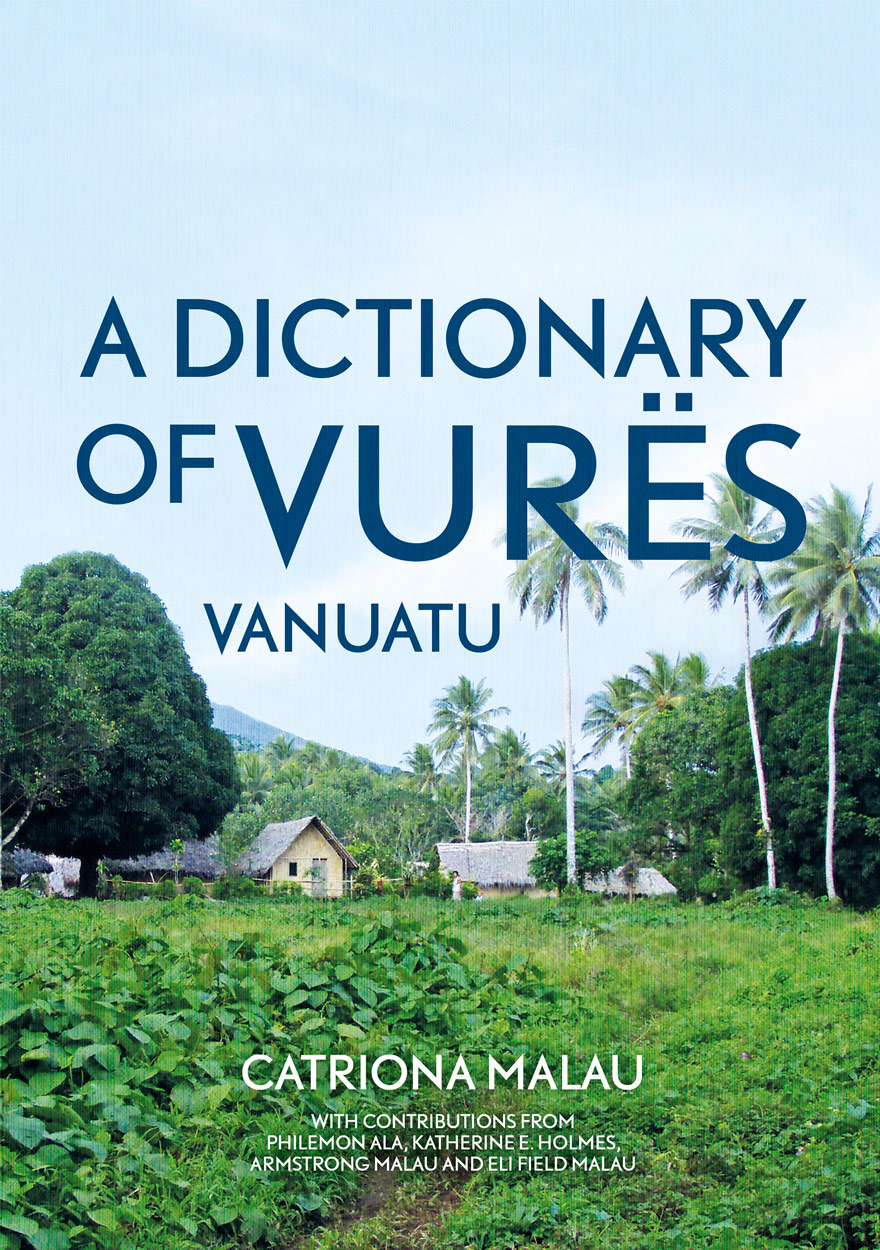
A Dictionary of Vurës, Vanuatu »
Authored by: Catriona Malau
Publication date: September 2021
This is a trilingual dictionary of Vurës, with meanings provided in both English and Bislama, the national language of Vanuatu. Vurës is an Oceanic language spoken on the island of Vanua Lava in Vanuatu. The dictionary is a companion volume to A Grammar of Vurës, Vanuatu (Malau 2016). There is no established tradition of writing in Vurës and most speakers are not literate in their own language. This dictionary is intended to have a dual purpose: to support the learning of literacy skills in the Vurës community, and as a reference work for linguists.
There are four parts to the dictionary. The main part is the most comprehensive and provides the English and Bislama definitions of Vurës words, as well as example sentences for many of the entries, additional encyclopaedic information, scientific names for identified species, lexical relations, and etymological information for some entries. The dictionary contains approximately 3,500 headwords and has a strong emphasis on flora and fauna with close to a third of the entries belonging to these semantic domains. The dictionary has benefited from collaboration with a marine biologist and botanists, who have provided scientific identifications for named species. The main dictionary is followed by English–Vurës and Bislama–Vurës finderlists. The final part of the dictionary is a thesaurus, in which Vurës words are grouped according to semantic categories. The thesaurus has been included primarily so that it can be used to support teaching of literacy skills and cultural knowledge within the community.

